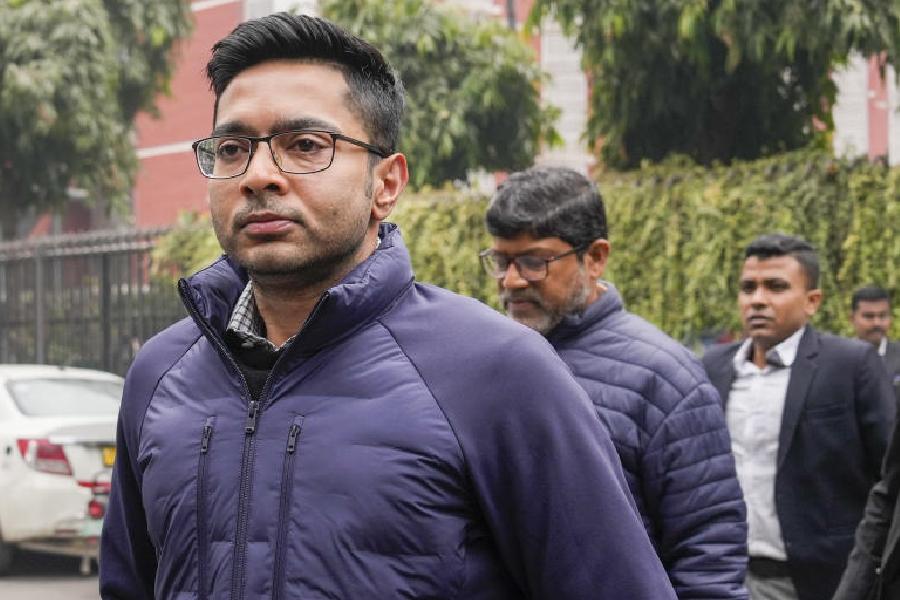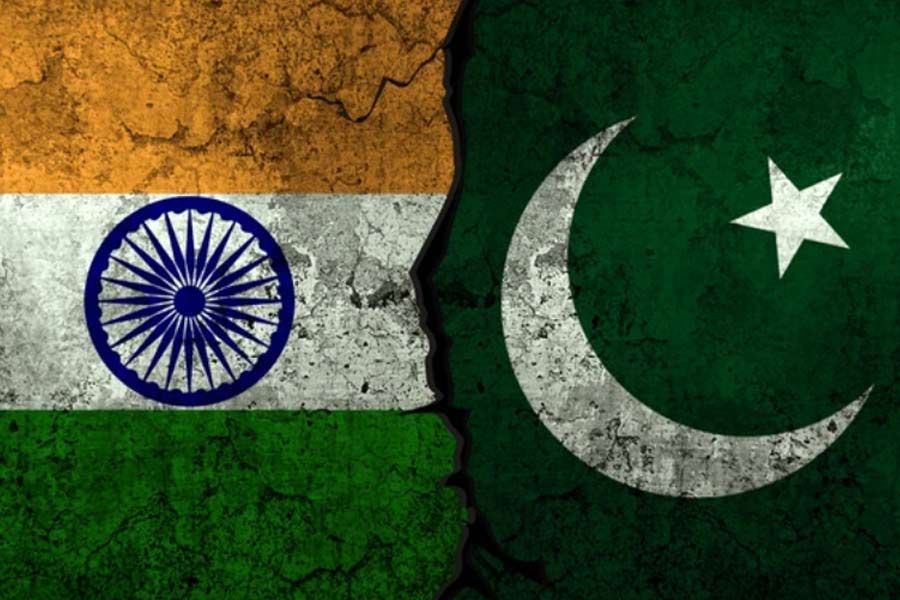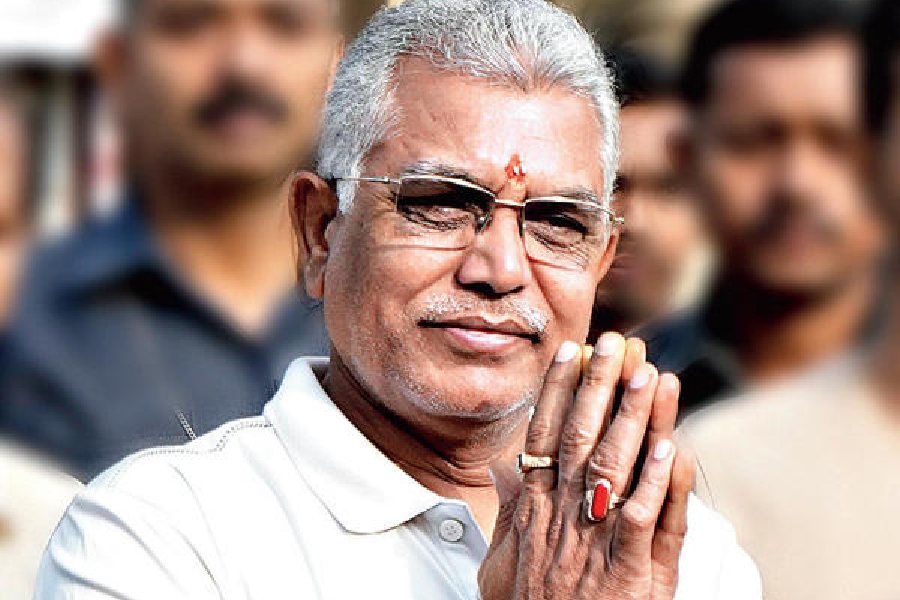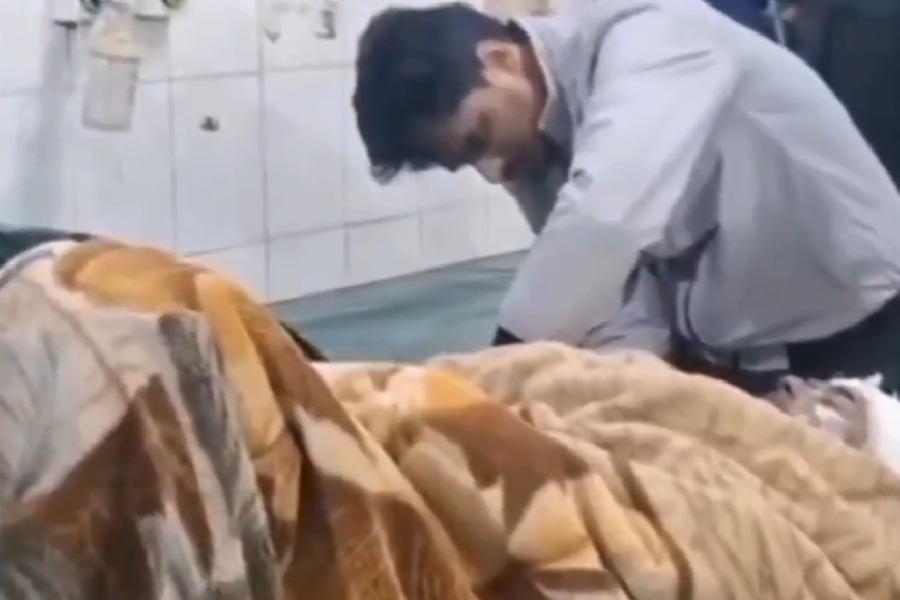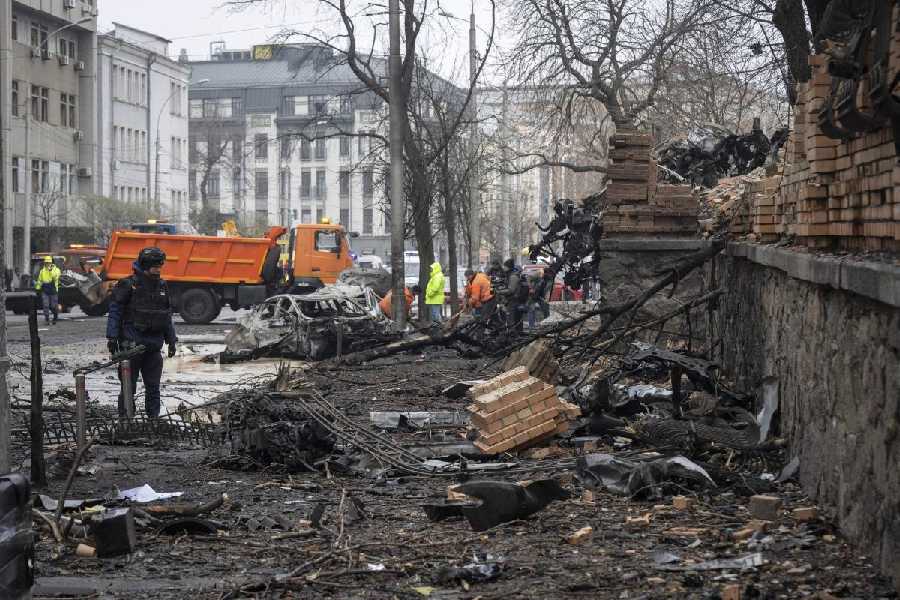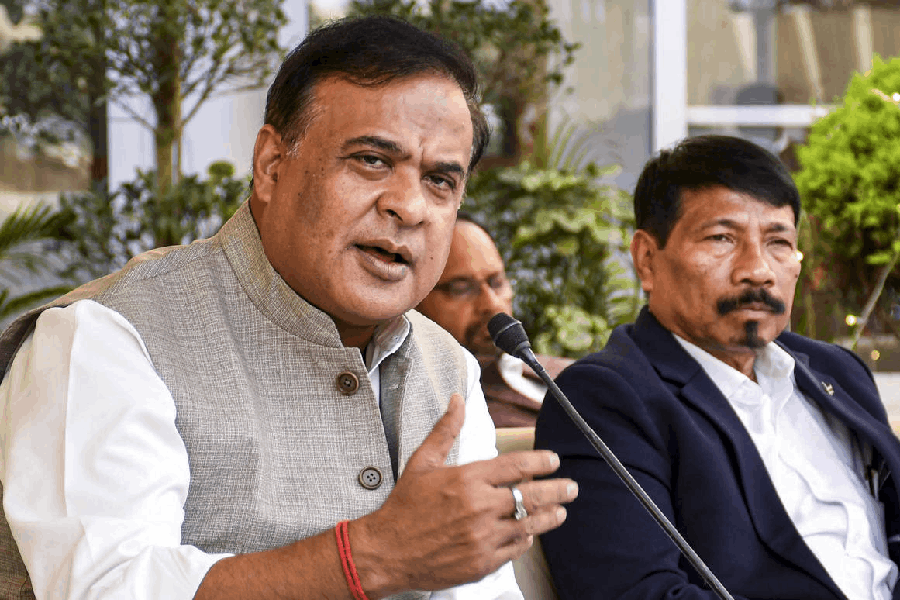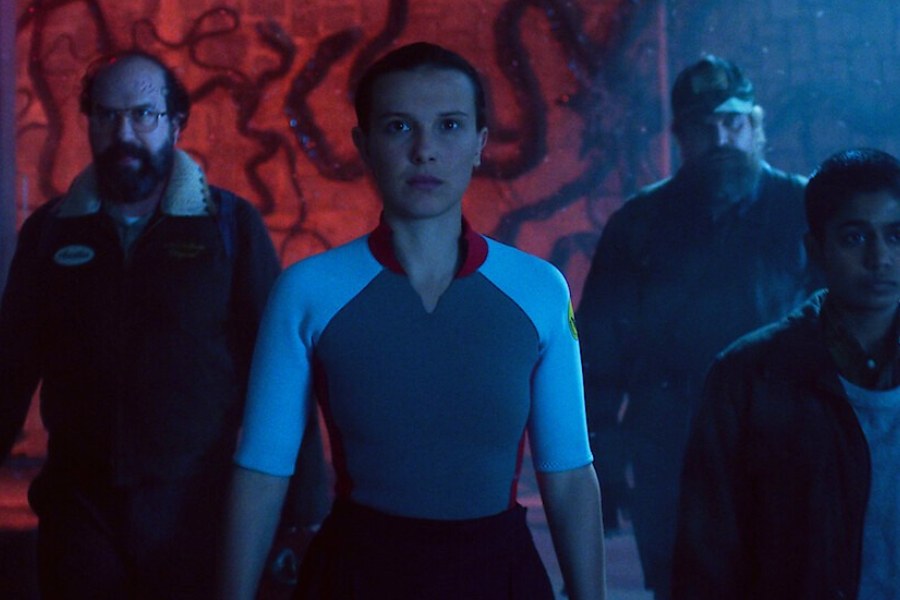 |
| A sketch of Moghai Oja (centre) with a few mementos he had received and a dhol at his son’s residence at Naopholia village in Jorhat. Telegraph picture |
Jorhat, March 11: His drumbeats died 32 years ago; his sons never took up the dhol because it does not bring money and all that remains now of legendary Moghai Oja are a few scattered half-baked attempts that struggle to keep him alive in popular memory.
The dhulia, who mesmerised thousands for three decades, put Assam on the national stage and hobnobbed with the likes of composer Salil Chowdhury and actor Balraj Sahni, is evoked only while paying encomiums to other dhulias (drummers) of today.
Not surprisingly, his 32nd death anniversary on March 15 will be just another token ceremony in his village, Naopholia.
The Tarun Gogoi-led government announced an award in his name in 2003 but even that has slipped from public memory after the government stopped giving the award a few years ago.
This year, the Asom Jatiyatabadi Yuba Chatra Parishad announced an award in his name, which will be given annually from now on. Siva Kalita, president of the Jorhat district unit of AJYCP, said it was a matter of shame that the government has so easily forgotten the person who had mesmerised audiences all over the country with his talent.
“We don’t have the means but in a small way we are trying to keep his memory alive by announcing the award this year and hope to continue this in the years to come so that people do not forget him,” he said.
Chandan Bharali, a youth of Naopholia, said the AJYCP activists tiled the site in Oja’s backyard where the drummer had been cremated in 1978.
In 2009, Jayanta Madhav Dutta directed a film, Ganashilpi Moghai Ojha, in which the drummer was shown not just as a folk artiste but as an iconic figure.
“A person who rubbed shoulders with Salil Chowdhury, one of India’s greatest music composers and also a part of the Indian People Theatre’s Association of Bengal, can be called a cultural activist,” Dutta said.
Oja, along with Bhupen Hazarika and Hemango Biswas, made a huge contribution in defusing tension between communities in the sixties when the Assamese language movement was at its height.
A book titled Ganashilpi Moghai Ojha — Jiban aru pratibaha — released in 2008, is an attempt to remember a man who caught the attention of Balraj Sahni and Omar Shaikh in Guwahati in 1955 after one of his awe-inspiring performances.
Moghai Ojha Smriti Rakhshya Samiti, formed in his village after his death, no longer bothers to organise competitions or functions on his anniversary.
With no funds forthcoming from the government and the villagers and the family too poor to contribute anything, a project called Moghai Oja Gobesona Kendra (research centre) has also been stalled.
An incomplete unpainted stage and auditorium in the village built with financial help from the government and a private primary school opposite this are the only concrete testimony to his greatness.
“For the last few years, we have just been lighting candles at the site where he was cremated and do nothing else,” Nilomoni Baruah, secretary of the samiti, said.
His family (two of the three sons are alive), and grandchildren also observe the day, as do the villagers.
“We cannot afford anything else. He left nothing except for his drums, one of which is at the Kalakshetra in Guwahati, and we have been eking out a meagre living ever since he died,” Arun Baruah, one of his sons said.
Oja, who was also invited to perform in Moscow along with the IPTA group, did not, however, allow his sons to play the dhol.
“It does not pay,” he had told them.
It was at that time in history when dhulias were looked down upon for using an instrument which was covered with animal skin and therefore could only be brought into the cowsheds on any occasion.


